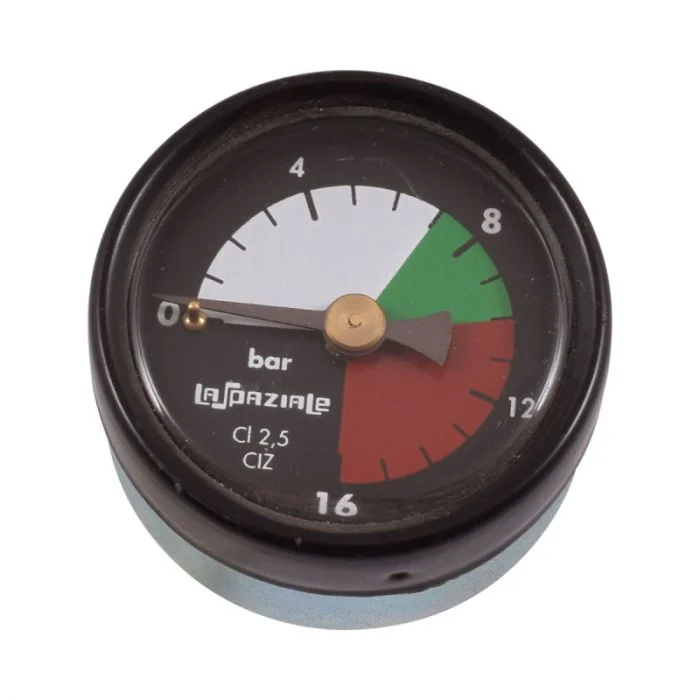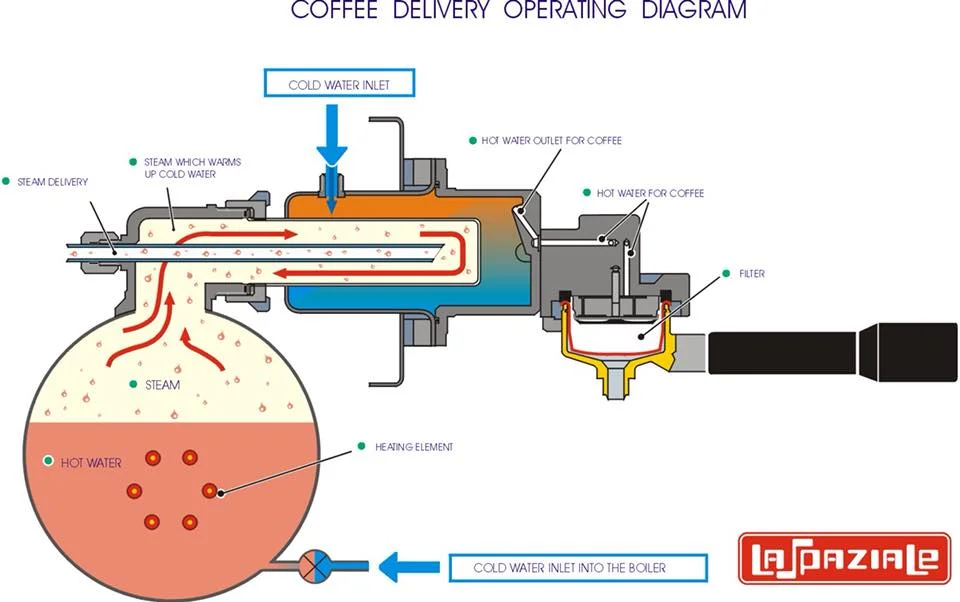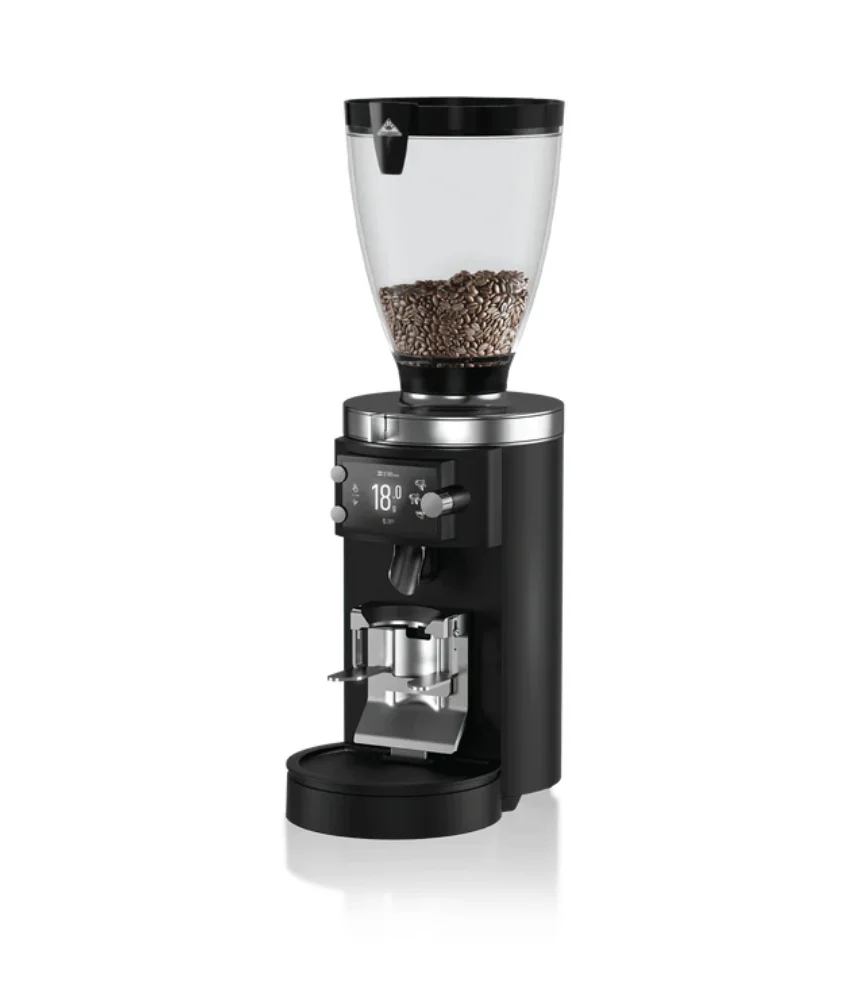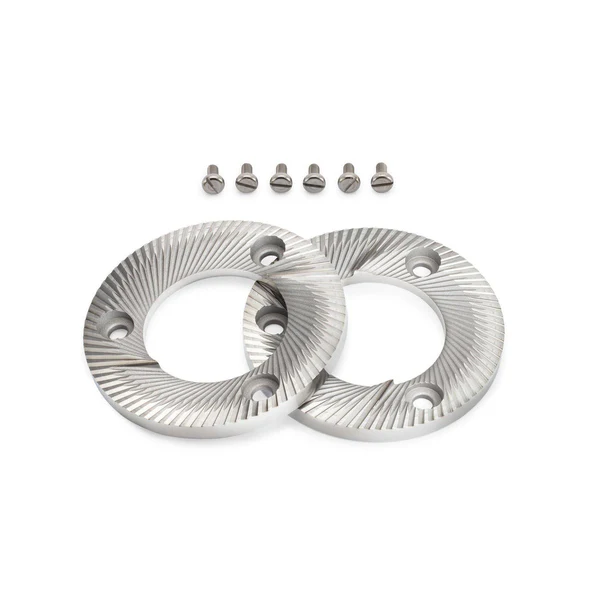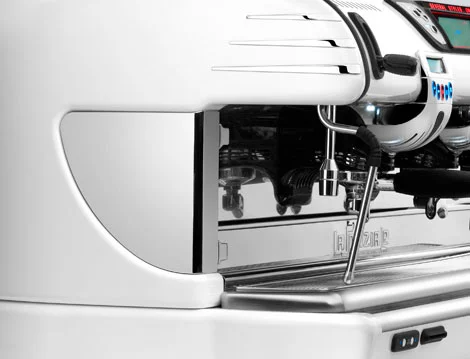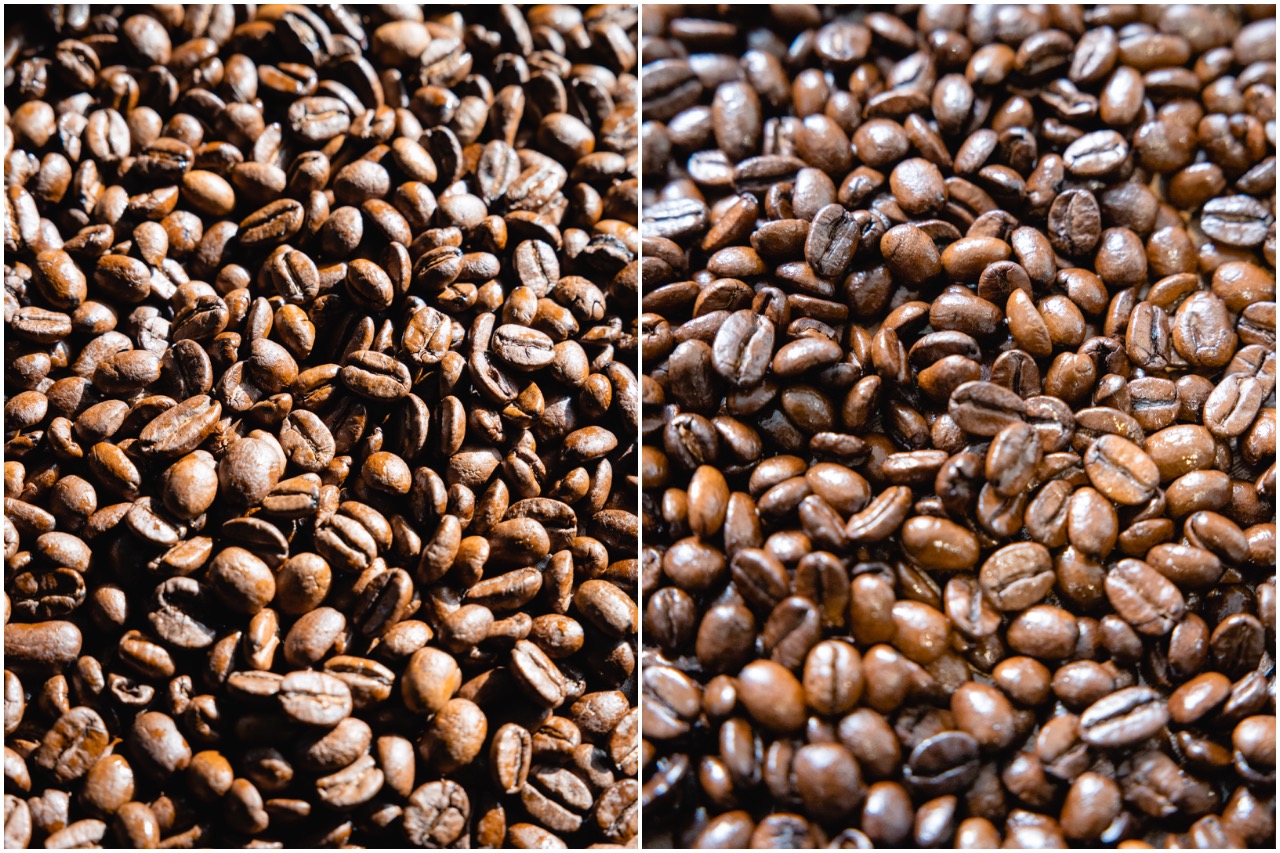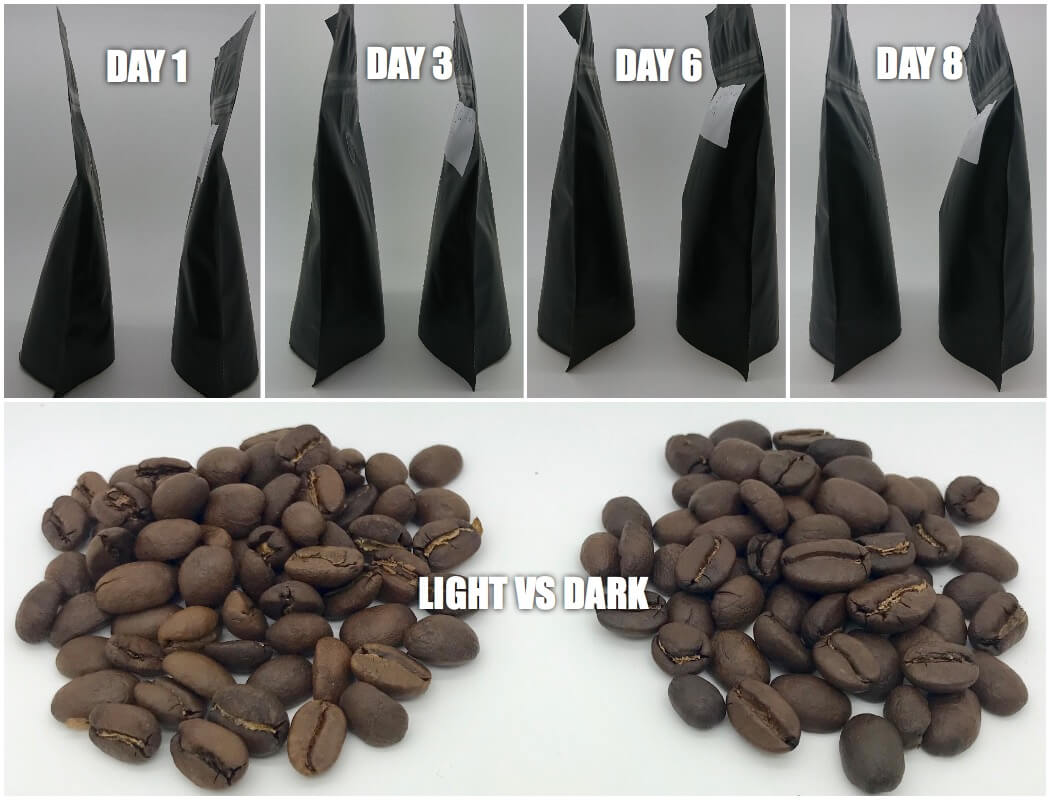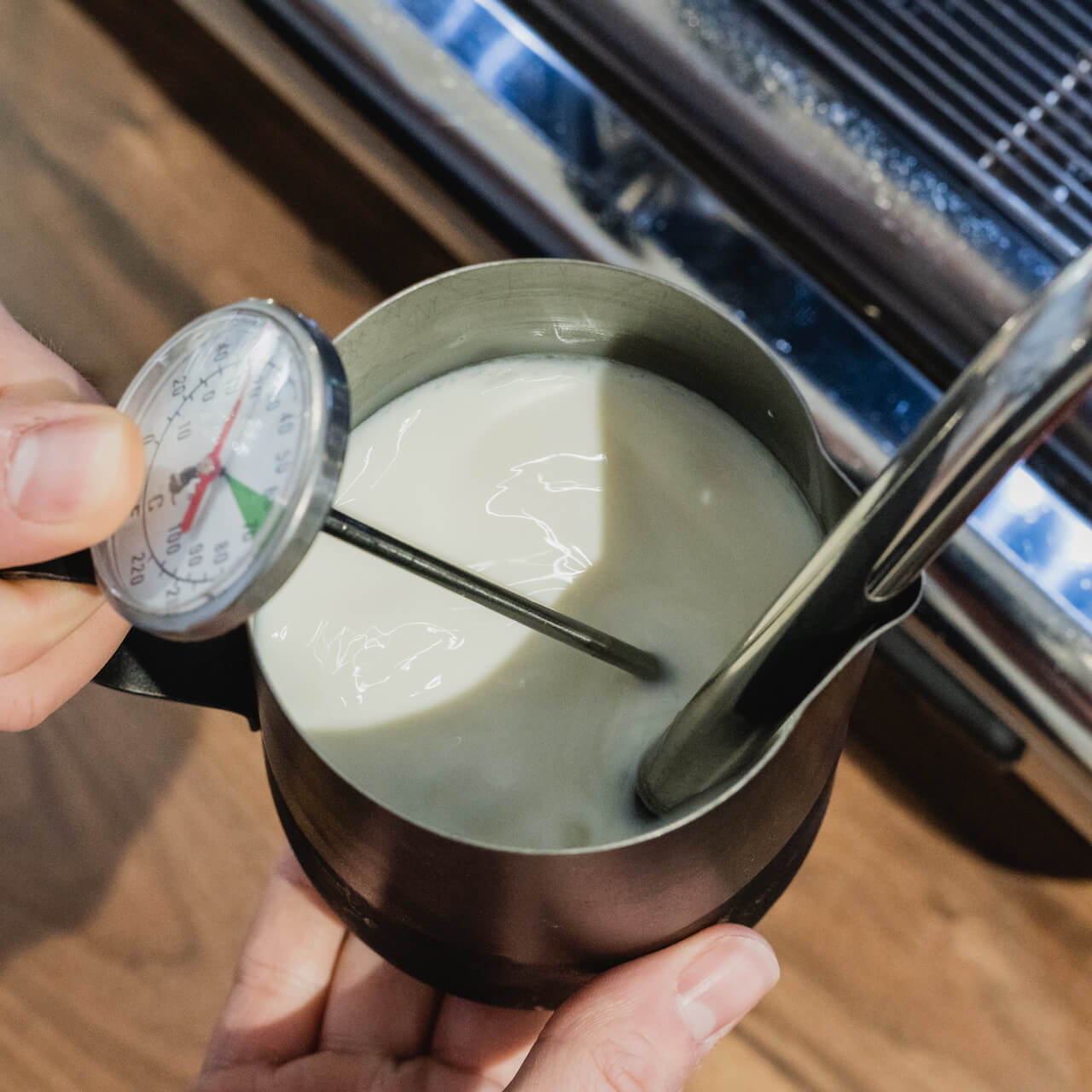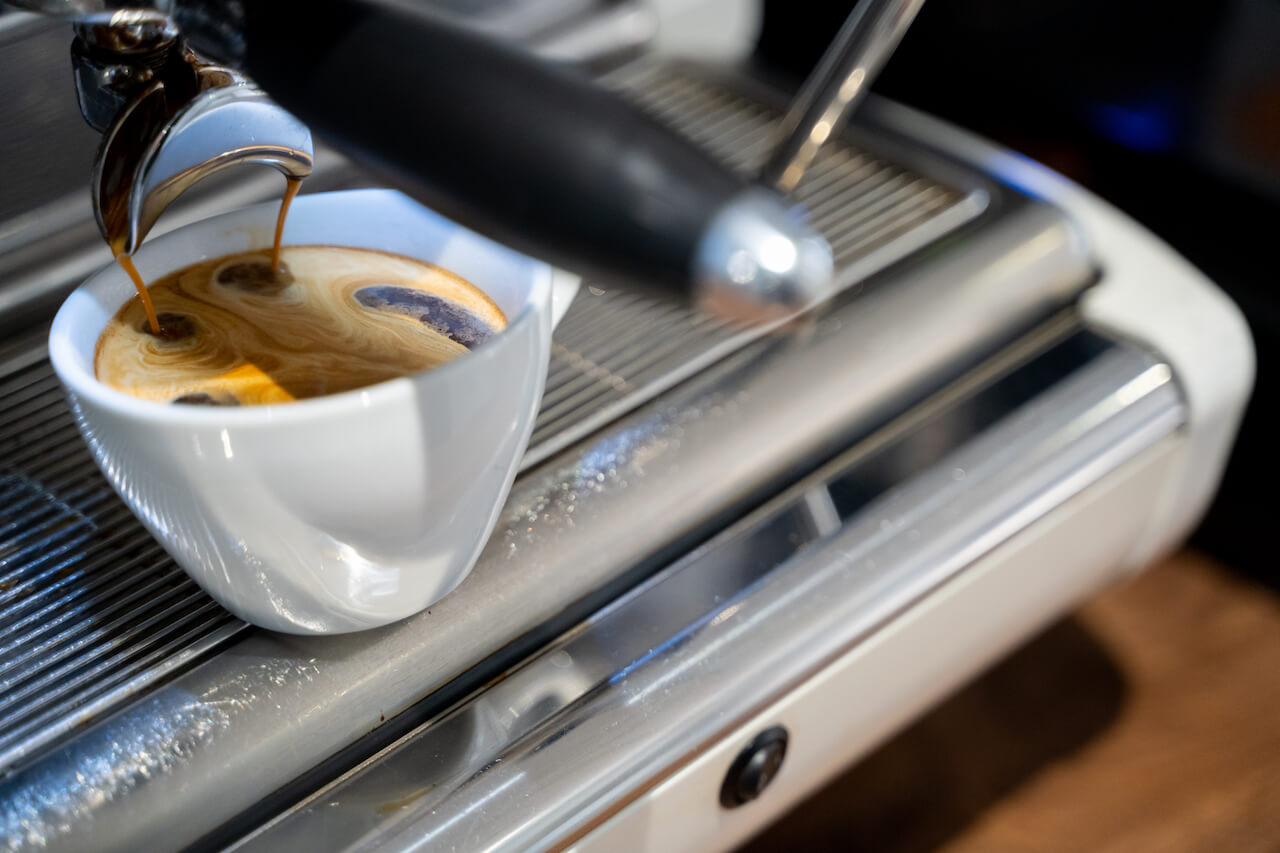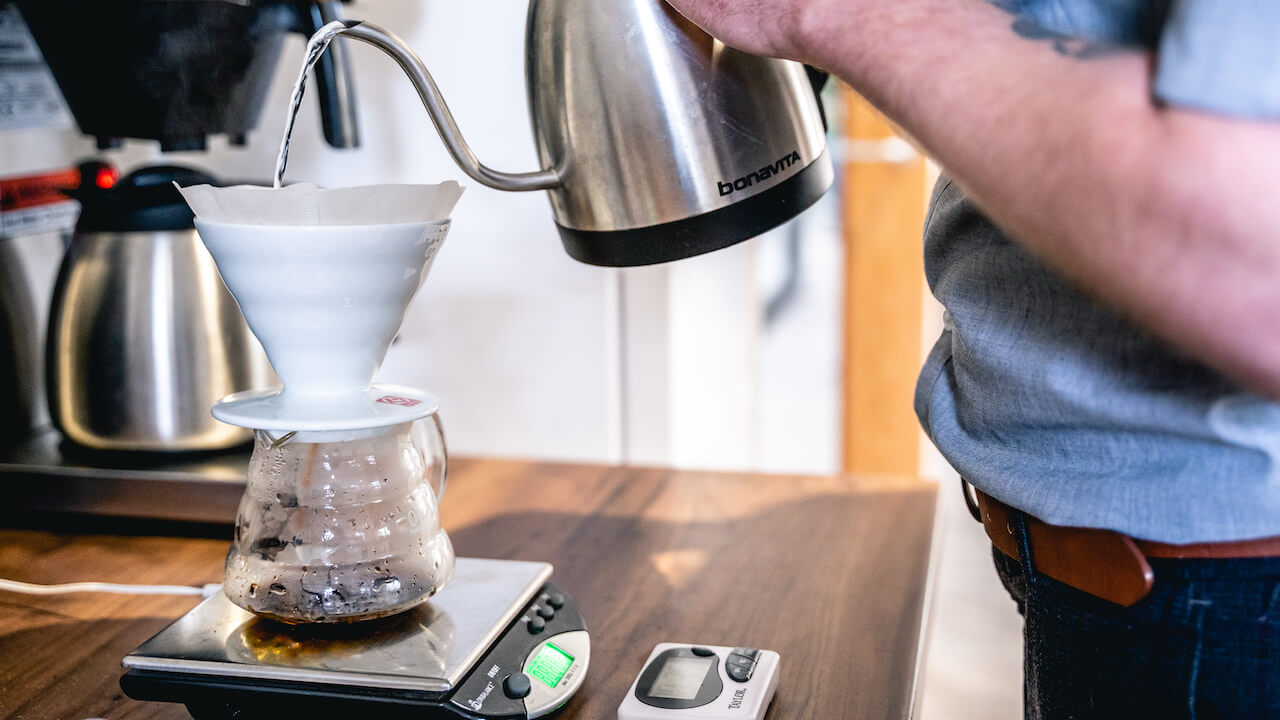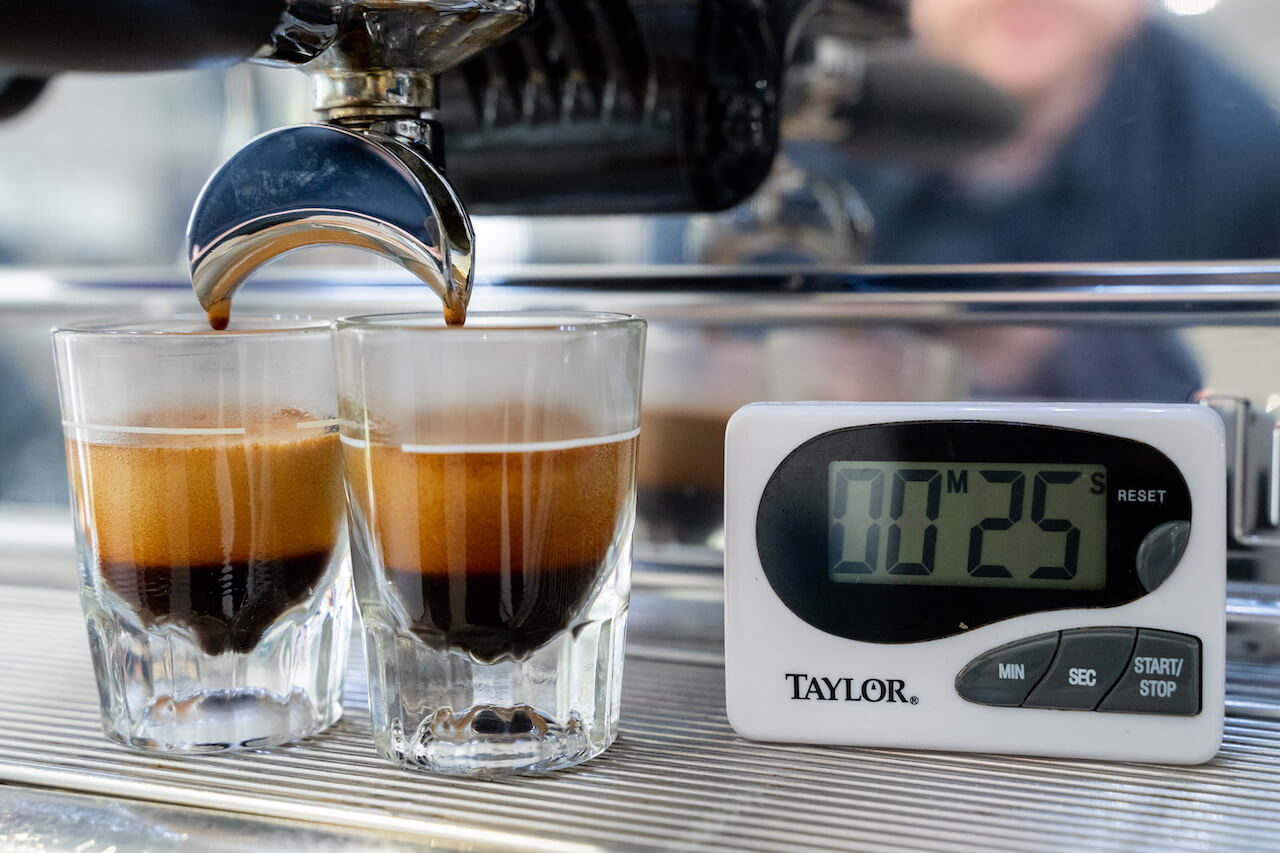Backflushing your espresso machine

Many espresso coffee machines have a three-way valve that allows for the release of pressure from the group-head following an extraction. Without this mechanism the pressure can build and therefore on removal of the group handle, there can be a splattering of coffee grounds and hot water which carries the risk of scalding. The three way valve is there to stop this from happening, safely releasing the pressure. But how does this work? And why therefore is the back-flushing of the espresso machine so important?
Firstly, it's necessary to understand the 'three ways' the valve is controlling the flow of water. One is from the heat exchange to the three way, the other from the group head to the valve and lastly, from the valve to the waste. The valve must regulate the water to move in the right direction.
On activation, i.e. pressing the button to begin a shot, a current is passed through a magnetic coil within the valve. This creates a magnetic pull on a spool, opening up to allow for water to move from the heat exchange to the group head. The water then fills the group head via the valve until the flow meter has reach its quota. On deactivation, i.e. completion of the shot, the current to the valve is terminated and the magnetic pull is released, this allows the spool to then block the flow of water from the heat exchange to the group. At this point there is still water under pressure within the group. To release this pressure in a safe manner, the three way valve is also connected to a waste pipe. When the valve is not activated the water is able to move back from the group, through the valve and into the waste pipe, therefore releasing the residual pressure within the group head.
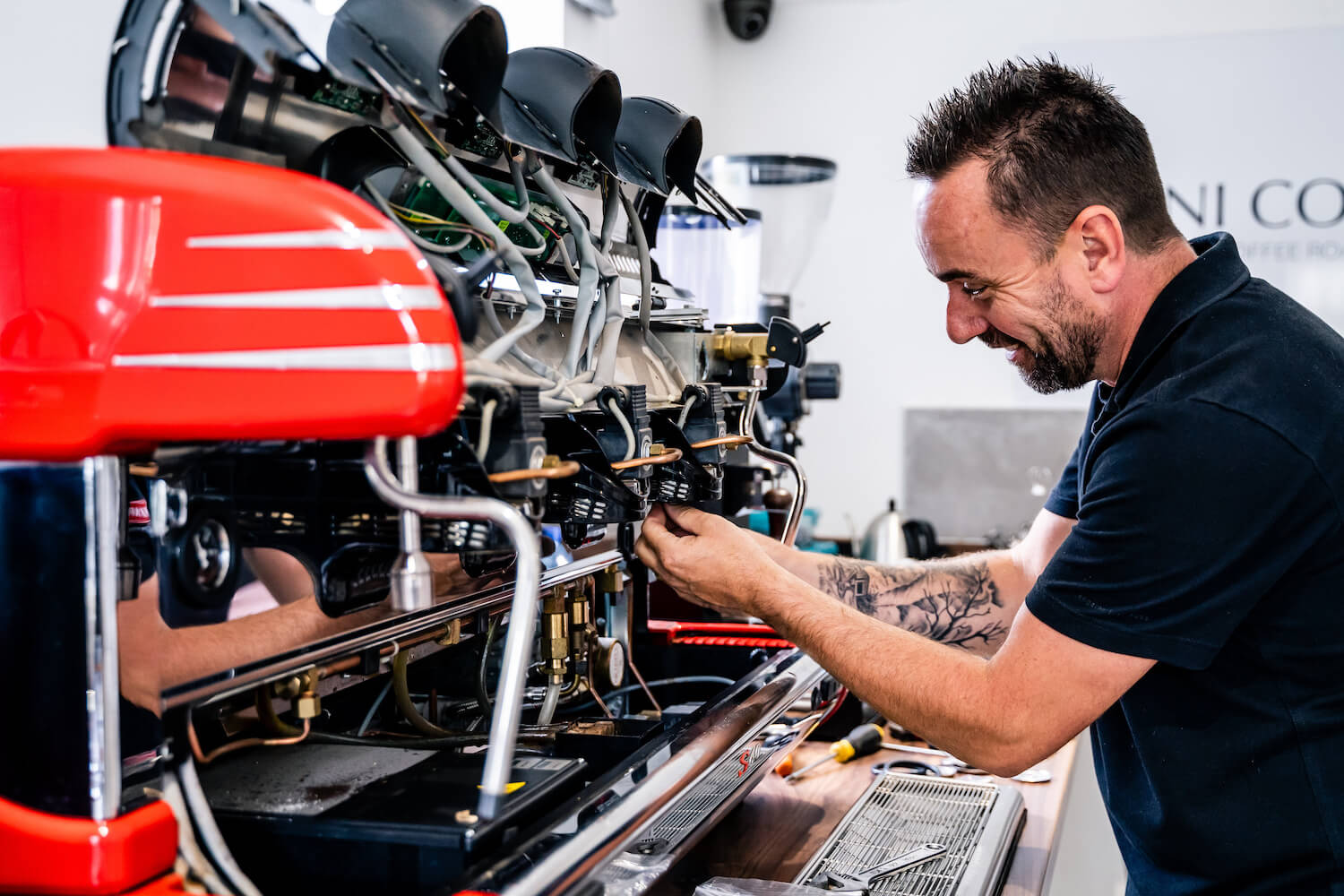
Under normal circumstances, when the valve is energised, the spool is blocking the waste pipe so that water is only able to move from the heat exchange to the group head. However, as some coffee is pulled through the valve to escape through the waste after every shot, if the machine is not back flushed regularly, coffee grounds can become stuck within the valve. If there is a build up, the spool may not be able to open and close fully. This would mean water would be able to move into the waste during an extraction. Another issue that can often be seen is the group head leaking when not in use as the valve is always under incoming pressure, this would suggest the spool is not blocking the flow of water from the heat exchange so is therefore able to leak through as the spool is stuck in the 'open' position. This is why regular back-flushing is important to ensure that there is no build up of coffee within the valve. Back flushing means that on activation, water is able to move via the valve into the group head mixing with the cleaning solution. On deactivation, the residual pressure within the group allows for the back flow of water via the valve and into the waste, thus pulling the cleaning solution through and cleaning out any built up coffee grounds and oils. It is evident that no cleaning solution enters the heat exchange, only the group-head, valve and waste pipe as the pump forcing the water through the valve ensures the water moves in only one direction, and once deactivated the flow would be blocked to the heat exchange. Also, it is important to understand there is no risk of water moving back into the heat exchange even if the valve is blocked as the water is always under incoming pressure.
Overall, it is evident that if your machine has a three way valve, ensure you back flush it regularly to prolong the life of the valve. This will ultimately prolong the life of your machine, as well as ensure you coffee tastes great too!
Only backflush your espresso machine if it is fitted with a three way valve! Lever espresso machines for example do not have this valve and do not require backflushing as well as some domestic espresso coffee machines. Please check your manual.
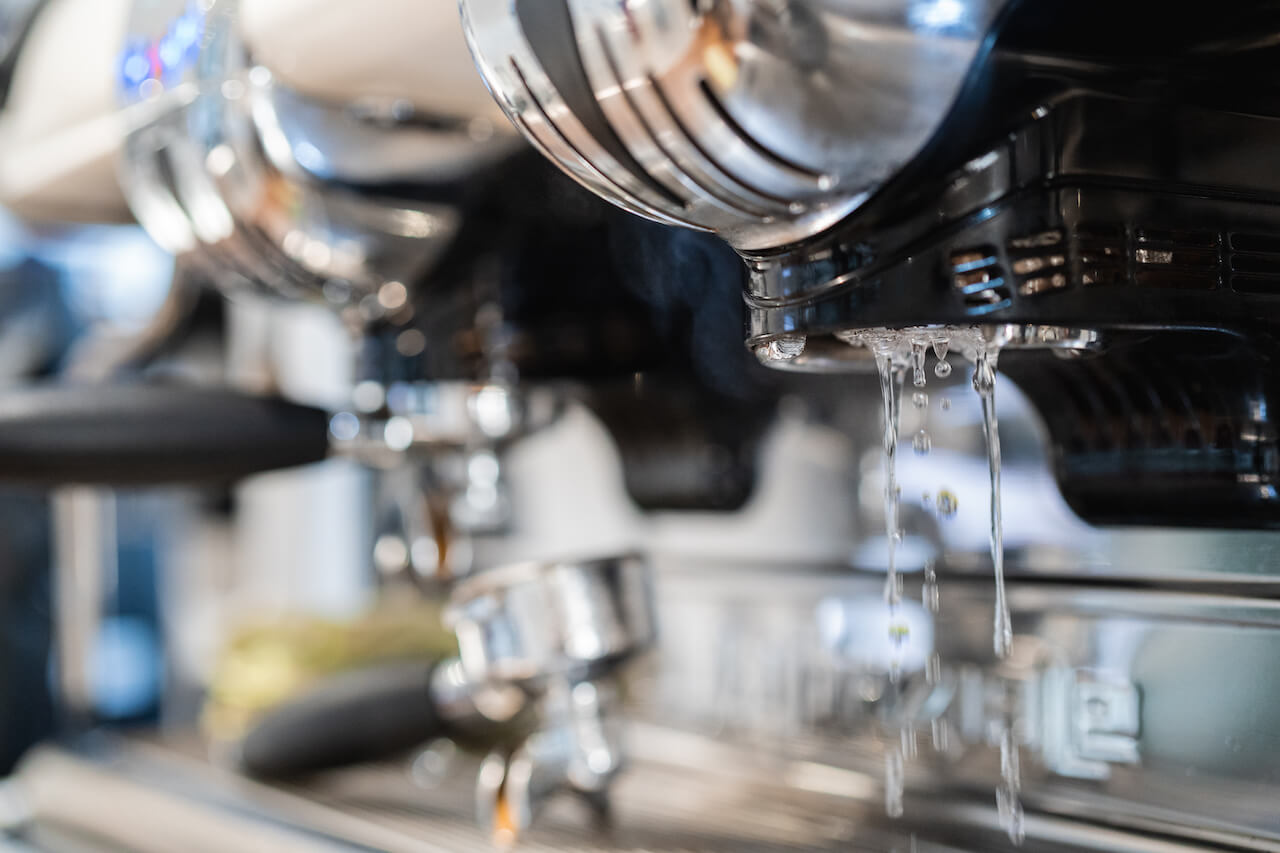
Flushing of the group head
Why the need for flushing the group head should be an important part of your routine.
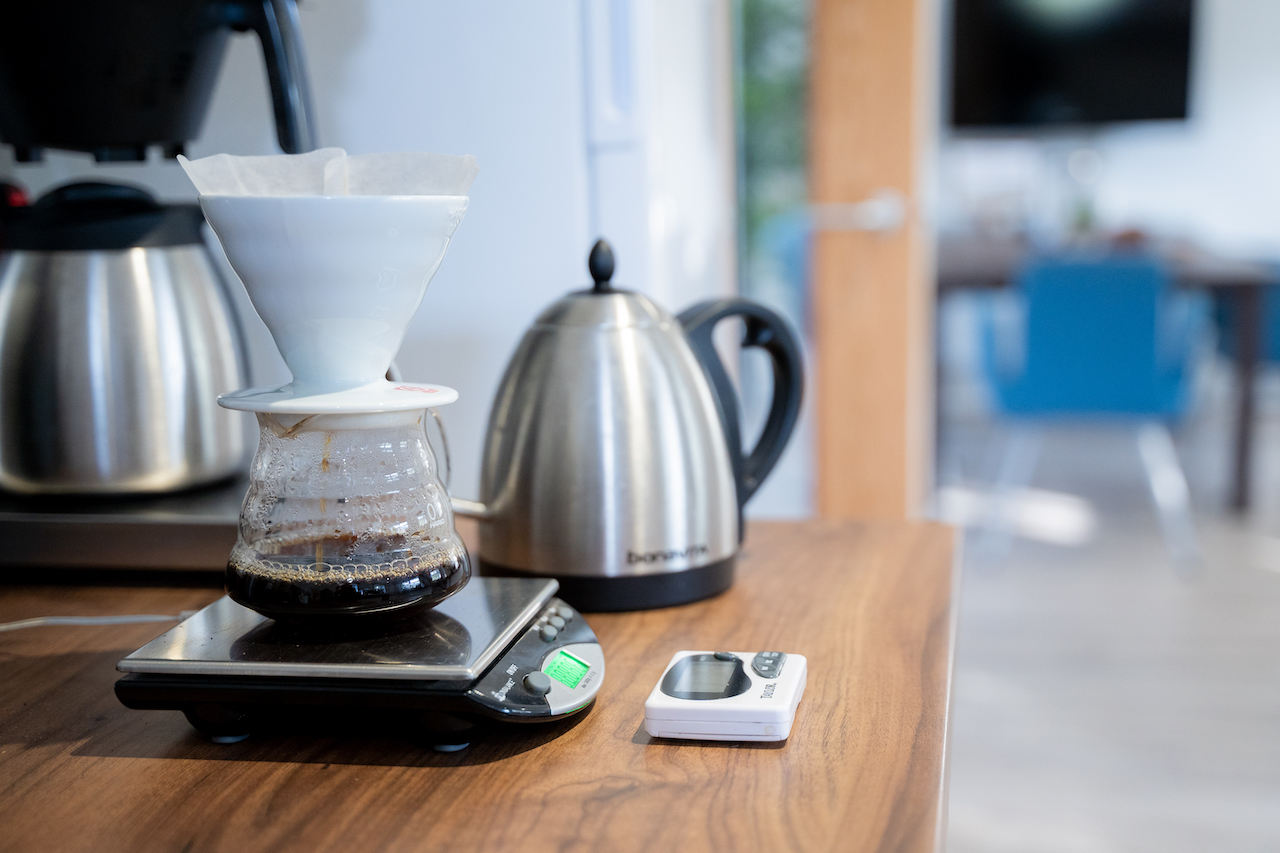
How to serve filter coffee
An article about the various methods of how to serve filter coffee in a busy coffee shop.
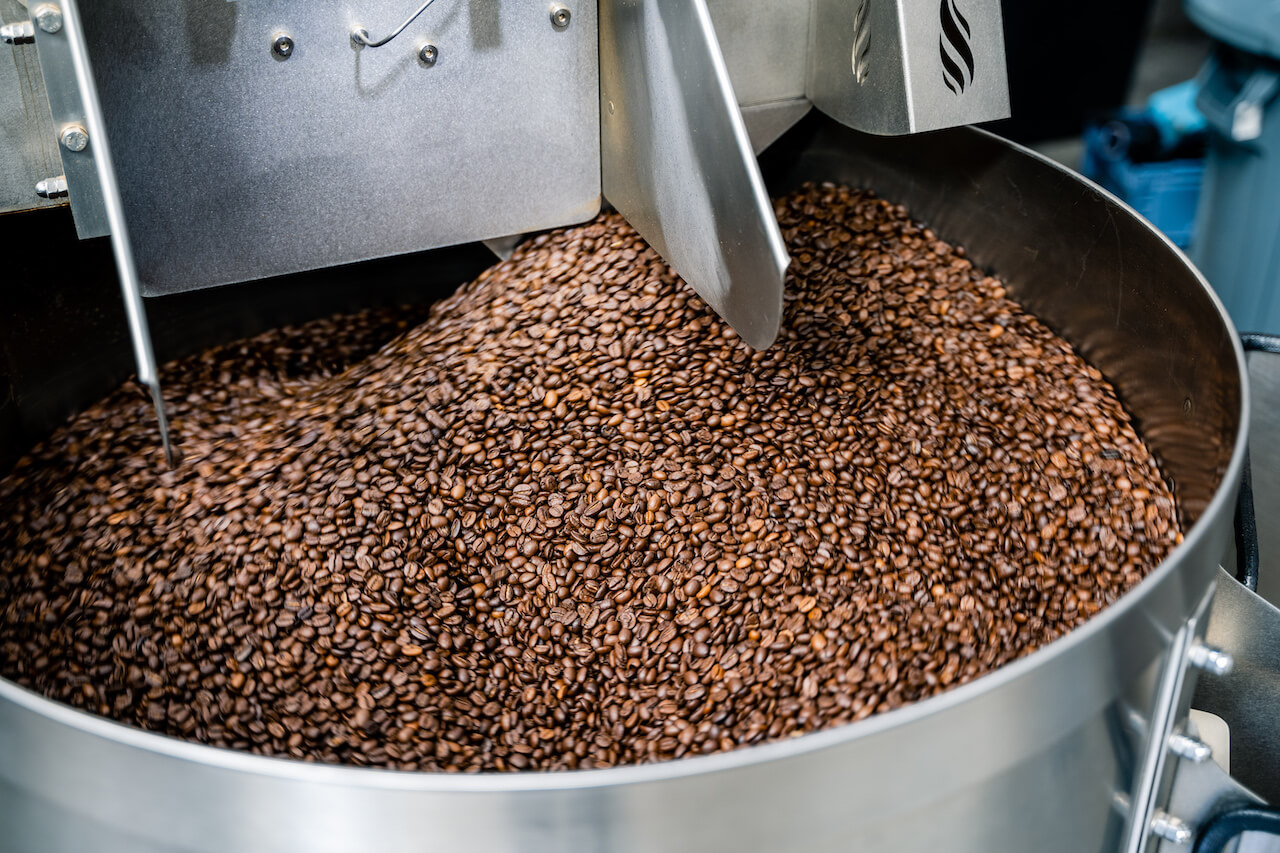
What is that smell?
You walk through the doors into your beautiful coffee shop and you smell the wonders of coffee.
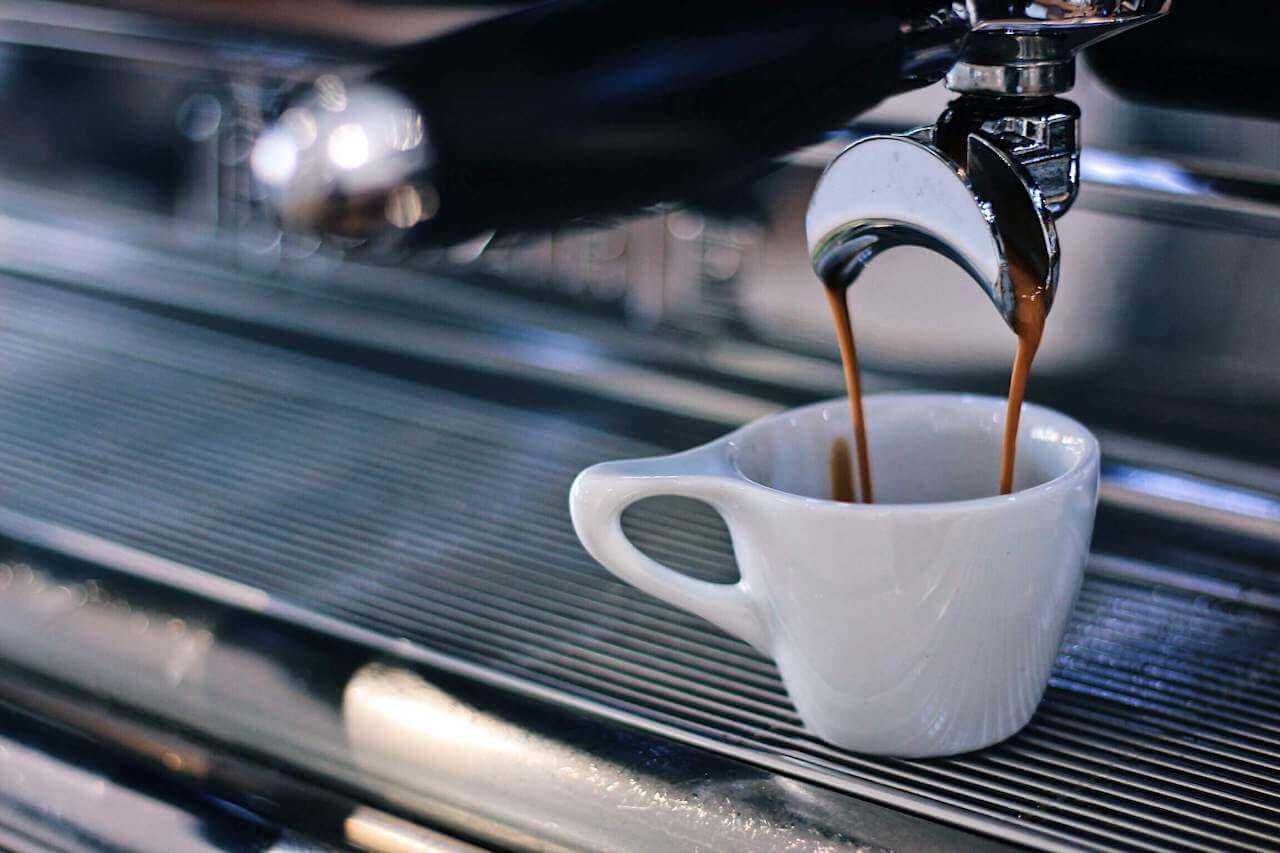
No more espressos...
A different concept for serving espresso based drinks.You can be different and serve coffees with a different base.
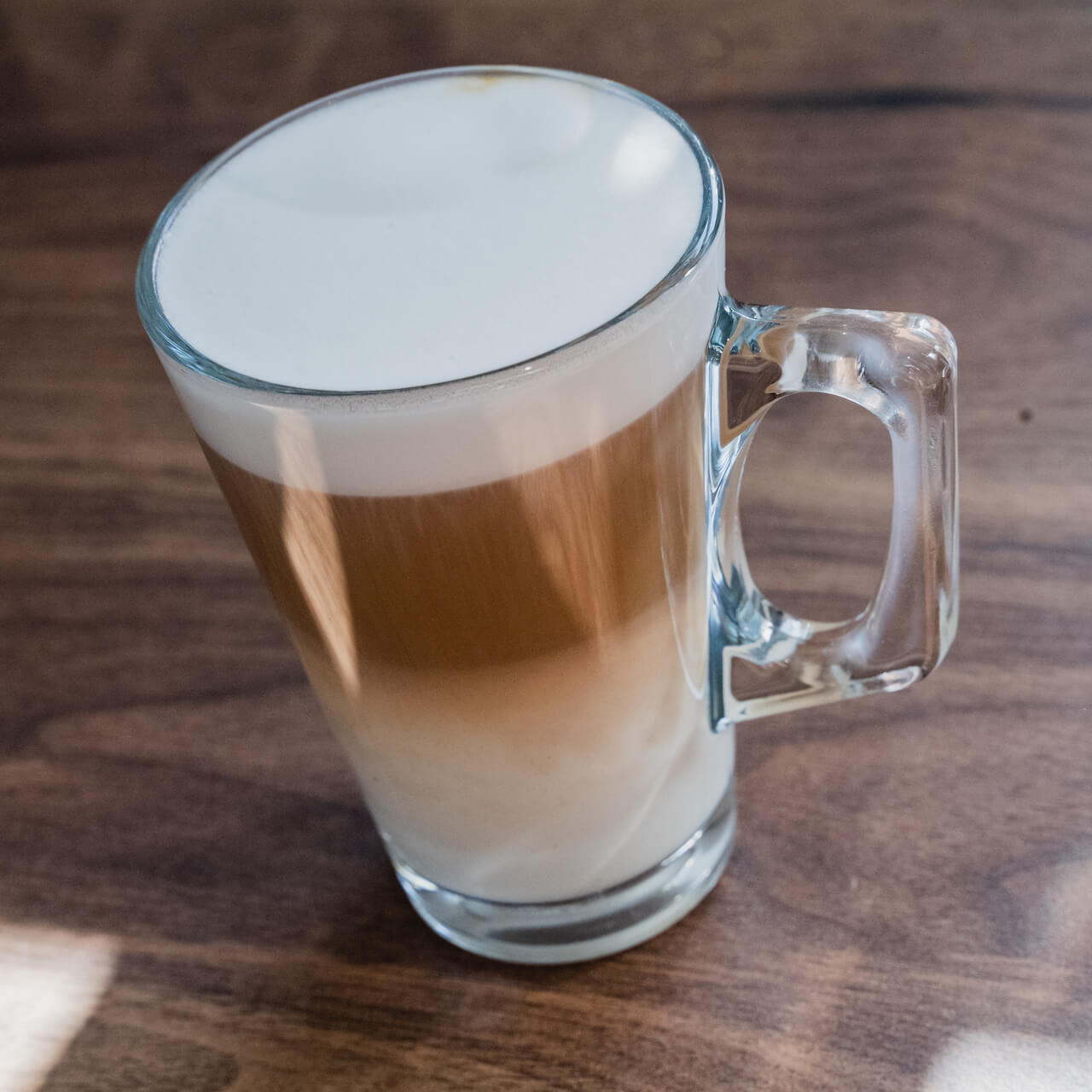
Latte, cappuccino, macchiato.... what?
A simple explanation of many of the amazing names that the coffee world has come up with over the years.
Tamping
Learn more about why tamping is actually so important. It is a skill owned by the barista and it does make a difference.
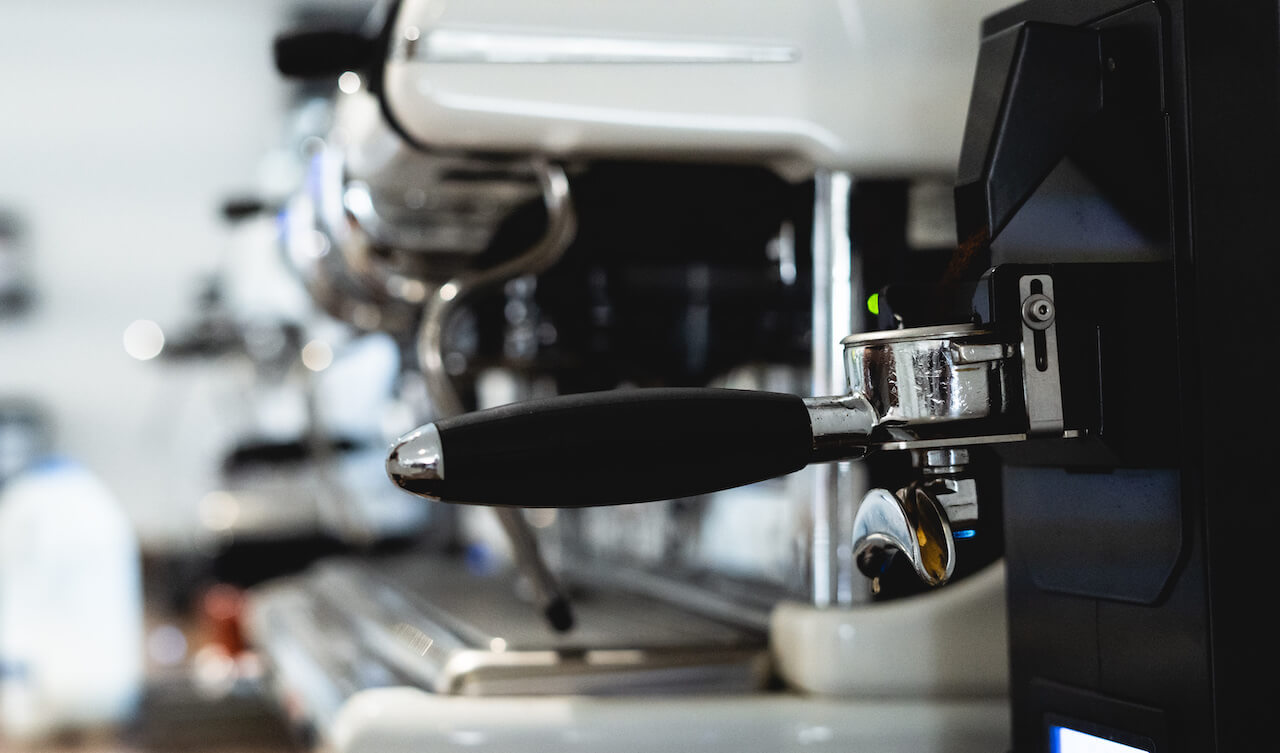
Compact vs normal size machines
What really is the difference between a compact and a standard size machine.
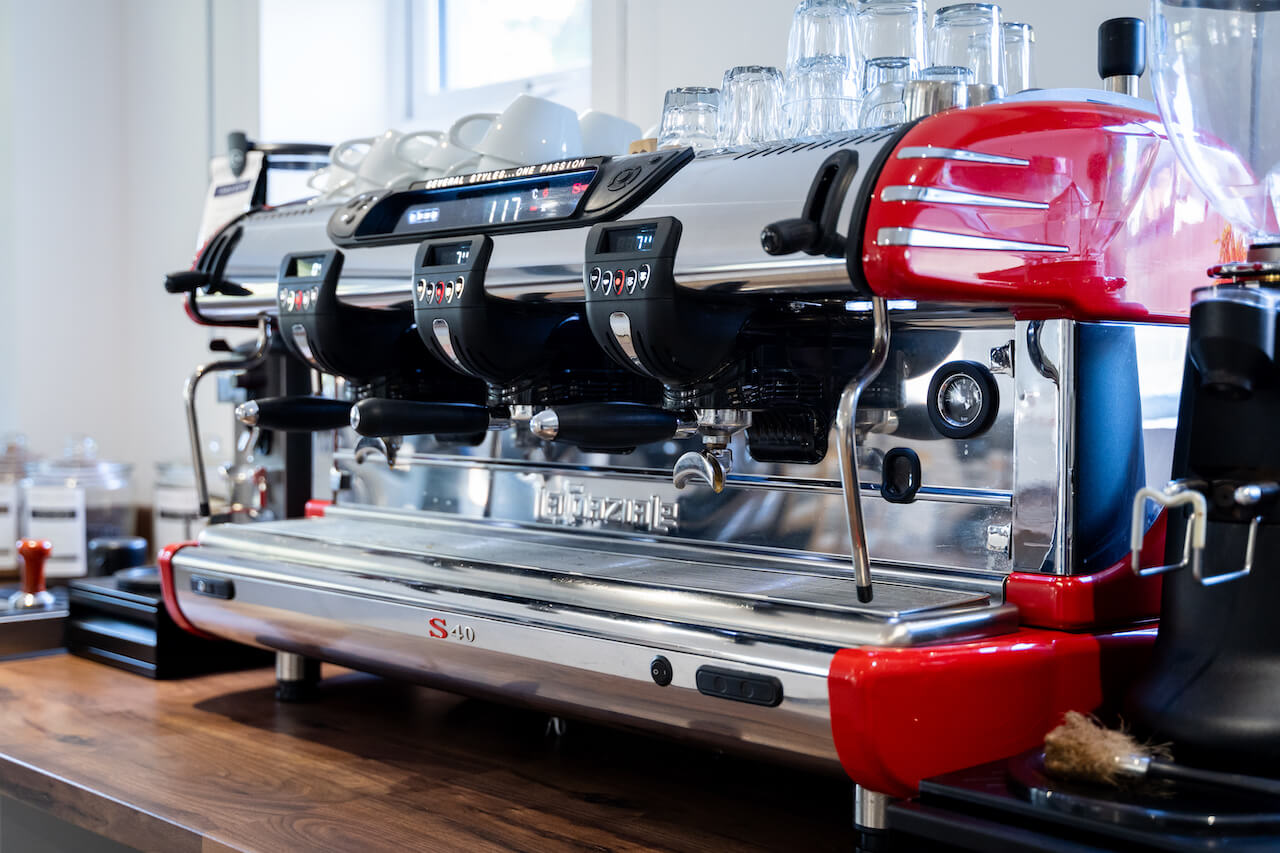
Guide to espresso equipment
Our comprehensive guide on choosing the correct equipment for your espresso drinks.
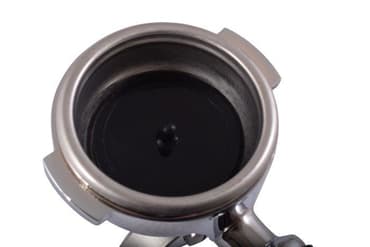
Backflushing your espresso machine
Learn about why you need to backflush an espresso machine and how it works.
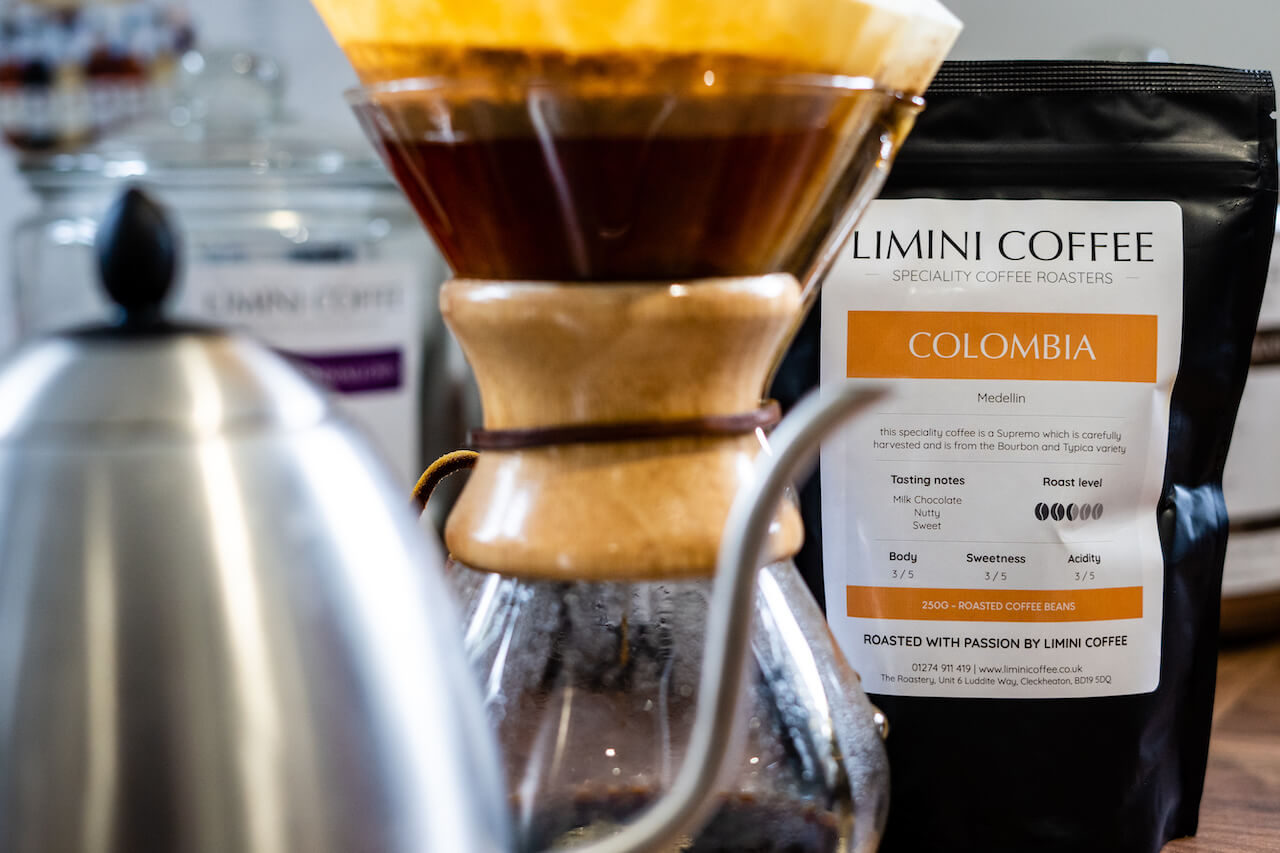
Filter coffee
Filter coffee is beautiful and here we will introduce you to some of the more popular methods.
.webp)
call us for a chat on 01274 911 419
Monday - Friday | 09:00 - 16:30
Closed bank holidays
Terms and conditions | Privacy policy | Website settings
By continuing to browse you agree to our use of cookies.
Copyright © 2008-2025 Limini Coffee Services Limited. All Rights Reserved


.webp)
